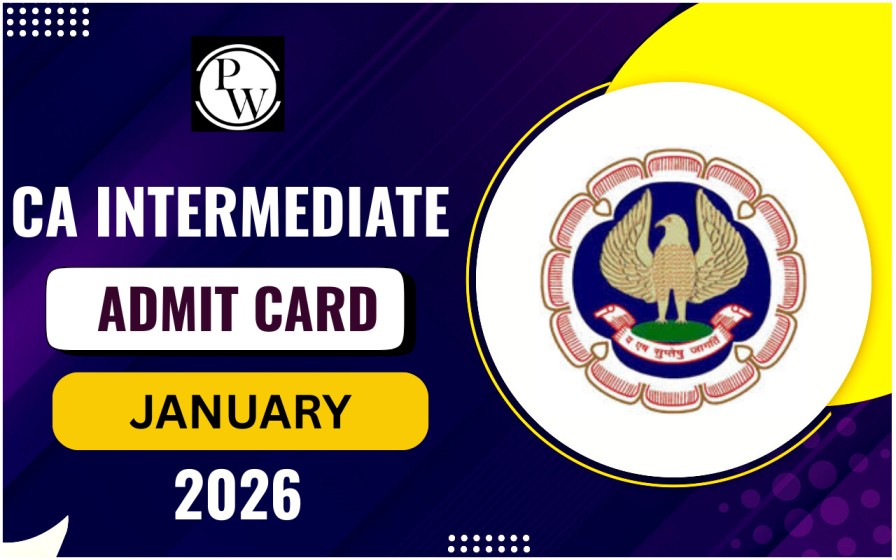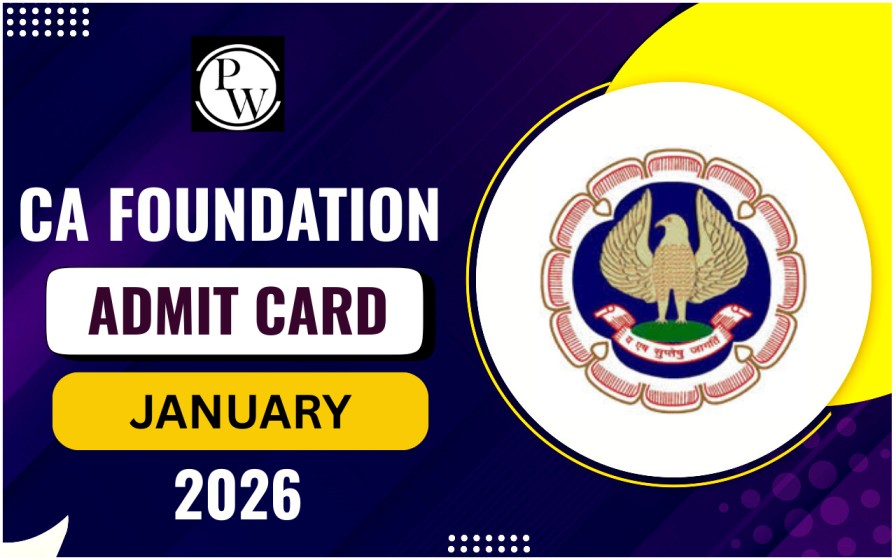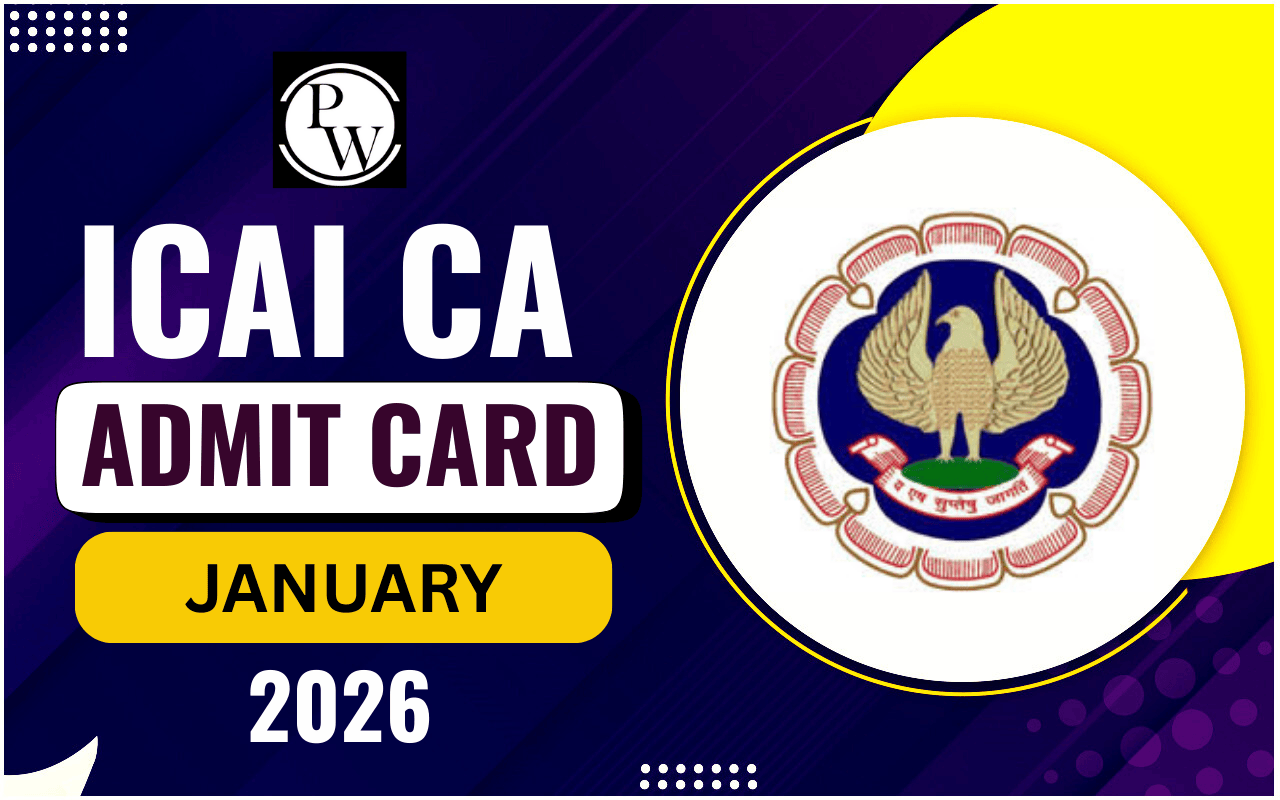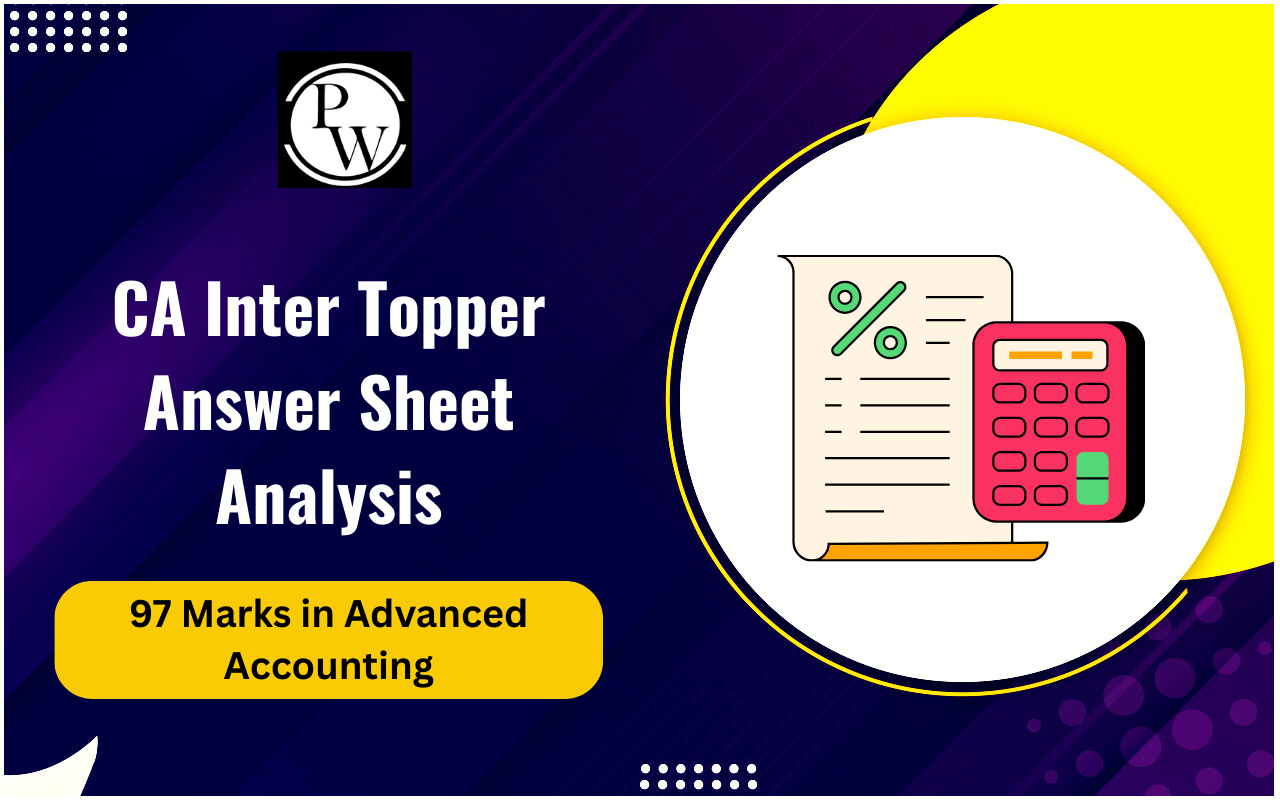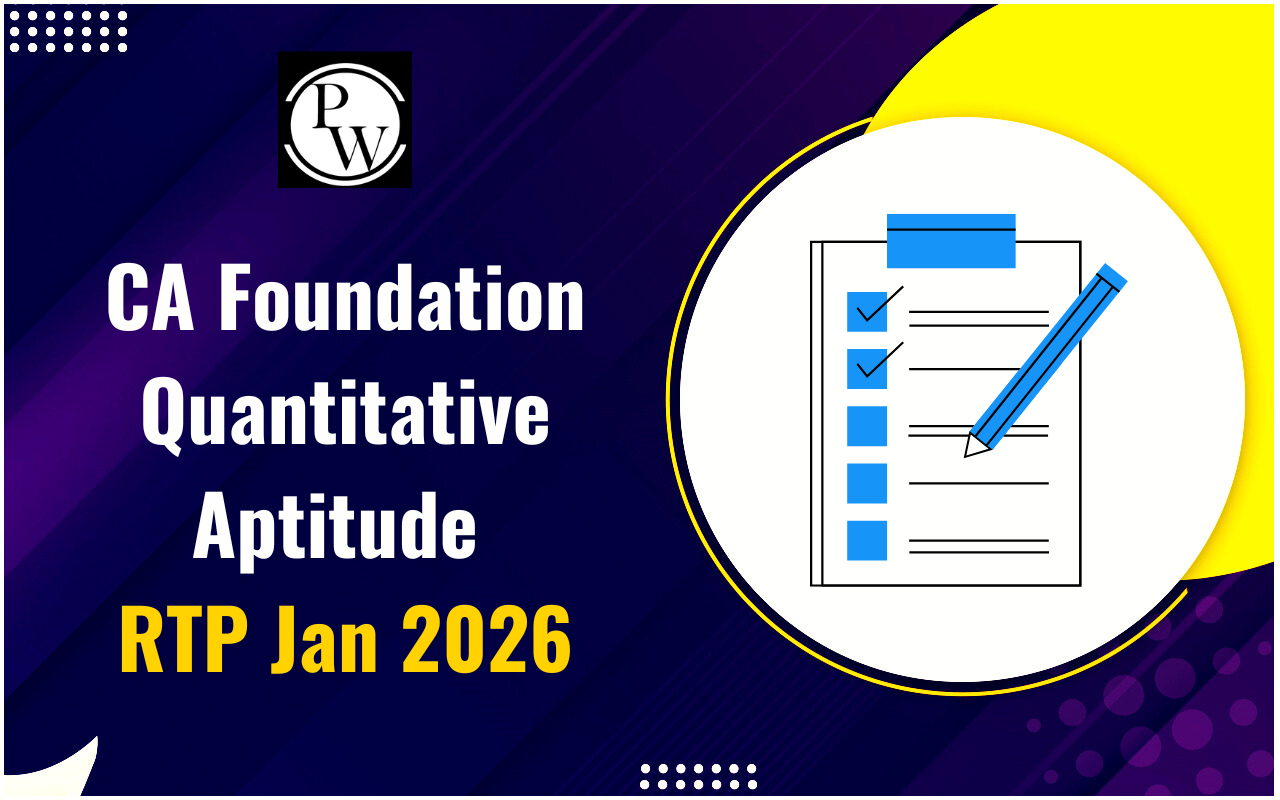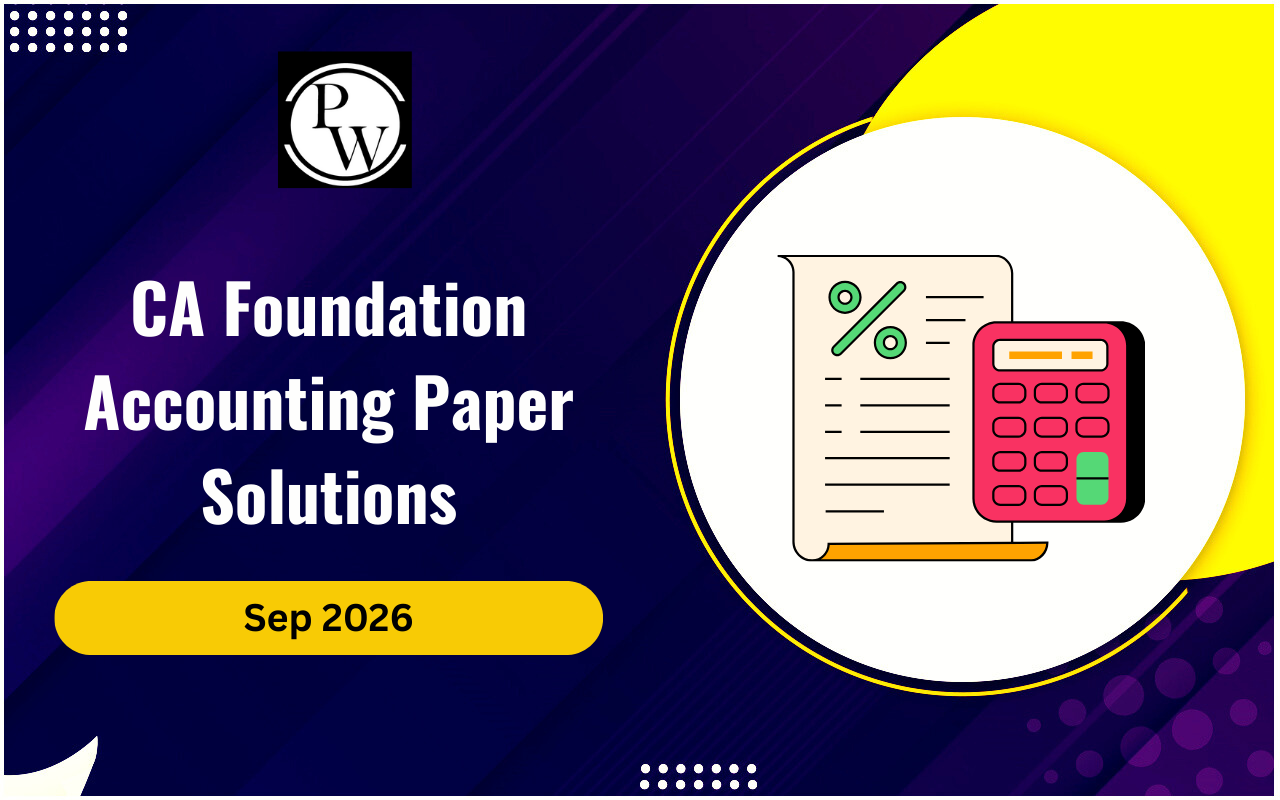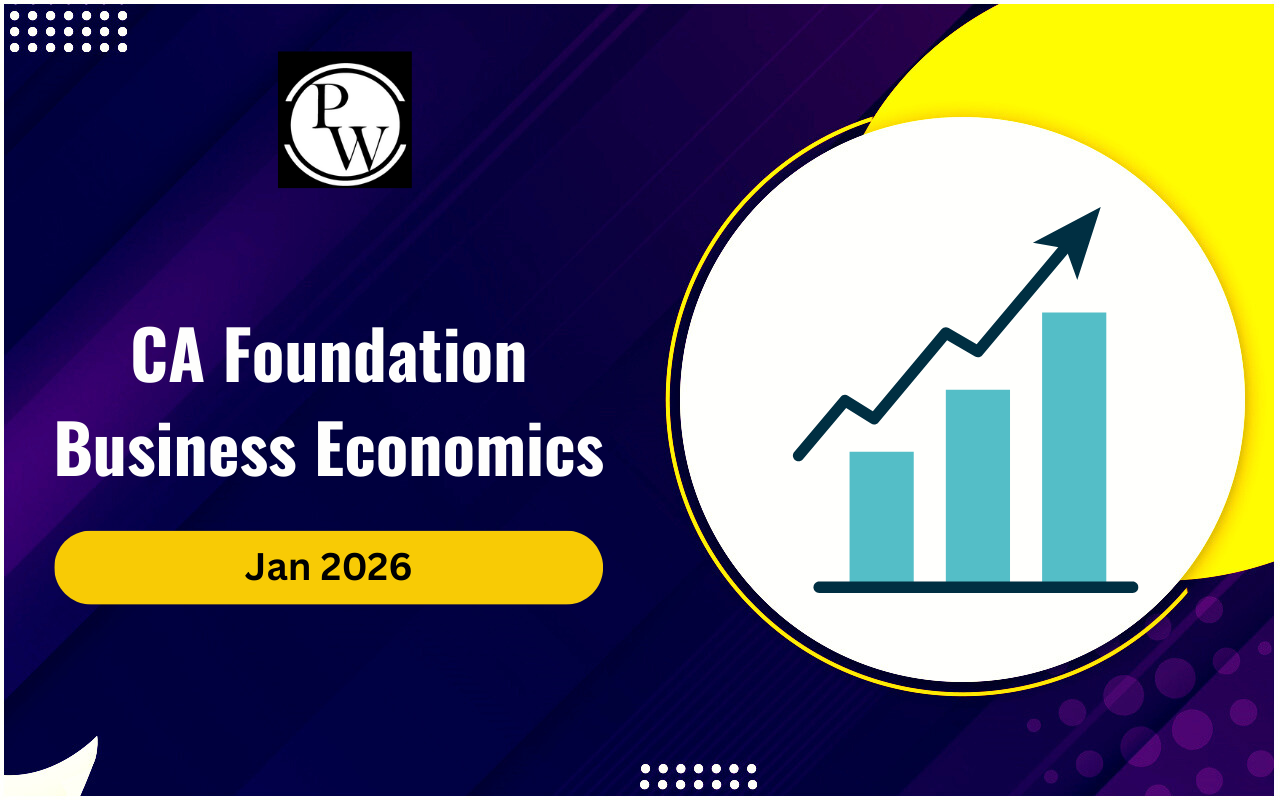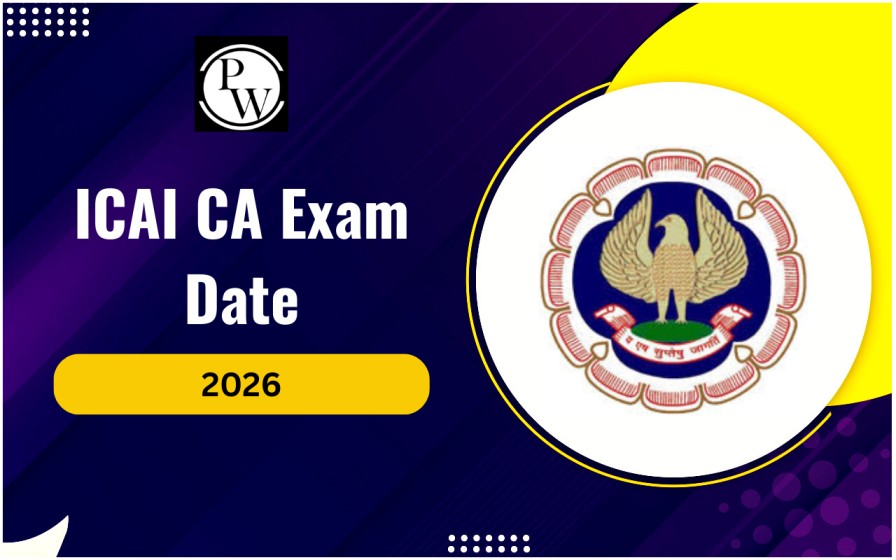
CA Foundation aspiring candidates can enhance their problem-solving abilities in Quantitative Aptitude with our comprehensive technique. Learn how to analyze problems, apply formulas, and ensure accuracy in the CA Foundation exam.
Quantitative aptitude subject is a part of the CA foundation level course as per the new scheme introduced by the Institute of Chartered Accountants (ICAI). The Quantitative Aptitude in CA Foundation focuses on developing numerical and mathematical concepts essential for accounting and finance professionals.
It deals with problem-solving problems by applying calculation skills and analytical approaches.
Candidates preparing for the CA Foundation exam in June 2024 must learn about the problem-solving techniques for quantitative aptitude to achieve good scores in the CA Foundation exam .
What is Quantitative Aptitude?
Quantitative aptitude is the ability to effectively solve mathematical problems using logical reasoning, quantitative analysis, data interpretation, and numerical calculations. In careers like banking, finance, and data analytics, where decisions are made based on the interpretation of numerical data, quantitative aptitude becomes practically valuable.
Using logical thinking to handle real-life situations and come to conclusions is an important part of quantitative aptitude. This skill shows how well you can analyze things and solve problems, which is really useful for doing well in school and at work.
CA Foundation Quantitative Aptitude Syllabus
Th e quantitative aptitude subject is the 3 rd paper of the new CA foundation syllabus . It has three parts with a total of 100 marks. The quantitative aptitude syllabus and marking scheme for the CA foundation exam are given in the table below:
CA Foundation Quantitative Aptitude Syllabus |
||
Parts |
Chapters |
Topic Details |
Part A: Business Mathematics |
Chapter -1 |
Ratio and proportions, indices, logarithms |
Chapter-2 |
Equations |
|
Chapter-3 |
Linear Inequalities |
|
Chapter-4 |
Mathematics of Finance |
|
Chapter-5 |
Permutations and Combinations |
|
Chapter-6 |
Sequence and Series |
|
Chapter-7 |
Sets, Relations, and Functions. Basics of Limits and Continuity Functions |
|
Chapter-8 |
Basic applications of Differential and Integral calculus in Business and Economics |
|
Part B: Logical Reasoning |
Chapter-9 |
Number series coding and Decoding and odd man out |
Chapter-10 |
Direction Tests, |
|
Chapter-11 |
Seating Arrangements, |
|
Chapter-12 |
Blood Relations |
|
Part C: Statistics |
Chapter-13 |
Unit-I: Statistical Representation of DataUnit-II: Sampling |
Chapter-14 |
Unit-I: Measures of central tendencyUnit-II: Dispersion |
|
Chapter-15 |
Probability |
|
Chapter-16 |
Theoretical Distributions |
|
Chapter-17 |
Correlation and Regression |
|
Chapter-18 |
Index Numbers |
|
Quantitative Aptitude Question Examples
Q1. A is 5 years older than B, who is thrice as old as C. If the total ages of A, B, and C are 40, then how old is C?
A) 6 B) 7 C) 5 D) 8
Q2. Two friends, A and B, are employed to do a piece of work in 18 days. If A is twice as efficient as B, find the time B takes to do the work alone.
A) 32
B) 46
C) 54
D) 63
Q3. 25 % of a number is 8 less than one-third of that number. Find the number.
A) 88
B) 90
C) 96
D) 108
Q4. If the numerator of a fraction is decreased by 15% and its denominator is diminished by 10%, the value of the fraction is 2 / 9. Find the original fraction .
A) 4/17
B) 3/22
C) 2/19
D) 5/28
Q5. A box contains 6 black, 5 brown, and 2 yellow balls. If 2 balls are selected randomly, what is the probability that both are black?
A) 4/23
B) 5/26
C) 7/24
D) 8/15
Quantitative Aptitude Problem-solving Techniques
A major part of quantitative aptitude is solving problems based on different mathematical theories and concepts. It also involves using statistical tools for measurement, representation, and analysis of data and coming up with solutions. R he subject experts and mentors have suggested the following techniques of problem-solving that can be helpful for students attempting tricky questions on quantitative aptitude.
Read and understand the problem carefully.
Before working on the problem, read and understand the given information. Carefully identify any special requirements or conditions mentioned in the problem that must be fulfilled. Read thoroughly to understand all terms and concepts expressed in the question. This initial stage is crucial for the interpretation of the problem and for determining the proper mathematical approach to solving the problem.
Analyze the critical information.
Identify the essential elements present in the problem. This involves taking note of the important numbers, percentages, ratios, and any other relevant parameters in the question. You can underline or highlight the numbers so that you can get these numbers during your calculations. It will help you determine the procedures to approach the problem systematically.
Quantitative aptitude Break down complex questions.
If the problem appears complex, break it into simpler components for better understanding and check each separately. This makes it easier to concentrate on one part at a time and methodically arrive at an accurate answer by assembling the different parts. This method helps to organize your thoughts and handle the problem systematically.
Apply appropriate concepts and formulae.
After comprehending the data and interpreting the problem, consider the mathematical principles related to the question. Choose the appropriate formula and analytical tools that are applicable to deal with the problem.
You need to memorize certain formulas or equations to apply quickly to resolve the problem. Remember to apply basic and simple mathematical tricks to arrive at the answers correctly.
Check the calculations and choose the right response
Go through your calculations step by step to verify that you have not missed any important steps or have not made any calculation errors. It is important to evaluate whether the result you obtained makes sense in the problem context.
Calculate the answer in the required format
Ensure that the units in your final answer match those in the question. Even if your calculations are correct, using the right units can result in accurate answers. Confirm that your answer is expressed in the proper format per the question's requirements.
Focus on speed and accuracy
Speed and accuracy are extremely important for solving problems in quantitative aptitude. You can only afford to spend a little bit of time on each question or use long methods of calculations. Questions need to be solved with minimum steps while arriving at accurate answers. You must be able to do mental calculations rapidly by comprehending the concepts.
Students preparing for the CA foundation exam should work on getting a clear understanding of the fundamentals and concepts of the relevant topics covered in quantitative aptitude subjects. A strong knowledge base supplemented by regular practice and guidance from subject experts can improve your problem-solving skills and help you achieve the desired results in the CA foundation exam.
CA Foundation Quantitative Aptitude FAQs
What are the different parts of the quantitative aptitude subject as per the new CA foundation exam syllabus?
What topics are covered in Part B of quantitative aptitude per the CA foundation syllabus?
Why is the regular practice required for quantitative aptitude subject preparations?
What type of questions will be asked on quantitative aptitude subjects in the CA foundation exam?
What basic topics need to be practiced during the initial stages of preparation for quantitative aptitude?

